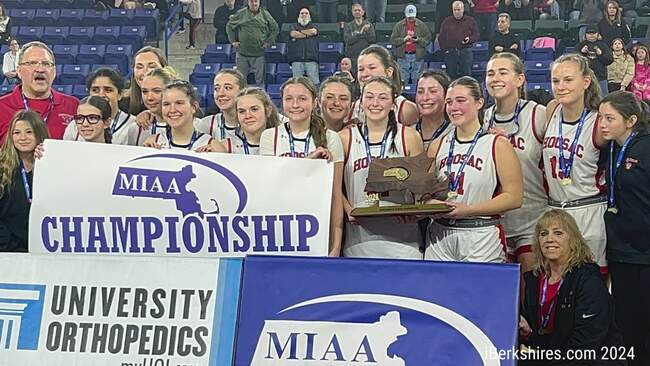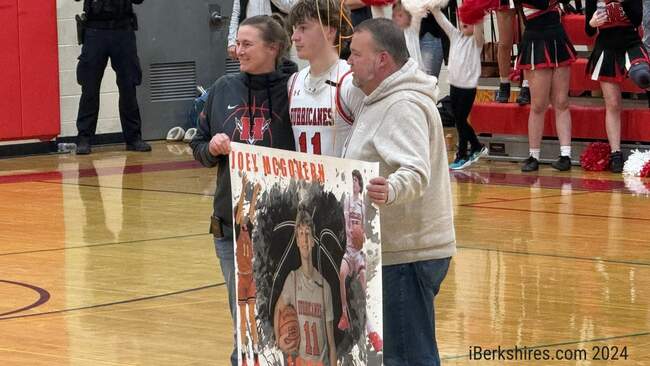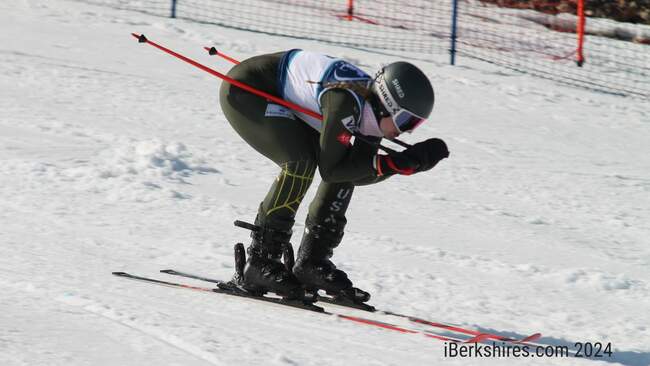The Independent Investor: Empowering Women Through Finance
 |
This year women, especially women in their 50s and up, will control the lion’s share of America’s privately-owned wealth. That should be good news to most boomer women, but good news is sometimes deceiving.
For example, according to the National Center for Women and Retirement Research, nine out of 10 women will be alone and responsible for their own finances at some point in their lives, and 75 percent of women will be widowed by age 56. Unfortunately, many middle-aged women are ill-prepared for the financial downside of these circumstances.
Some of the financial challenges women face today are unique to baby boomers. There is what is called the “sandwich” dilemma, something I have written about in the past. Men and women of my age (I’m 60) face the prospect of supporting children far longer than in the past. Our student children are carrying an increasing amount of college financial debt while at the same time earning less in real wages than we did at their age. As a result, it is taking kids longer and longer to become financially independent and leave the homestead. For single, divorced or widowed women having to face their own retirement issues, this can be an enormous burden.
The flip side of that coin is aging parents: those whose golden years have been marred by the twin catastrophes of failing to save enough for retirement, and health care insurance that is woefully inadequate for their needs. Although taking care of parents is nothing new for middle-aged women, parents live longer today, and keeping them alive is a lot more expensive.
As a result, whether you’re a mom, daughter or both under these circumstances, statistics show it is you who will bear the brunt of support at this critical time, when what you should be concentrating on is saving for your own retirement. Instead, boomer women find both their financial and emotional resources devoted to their roles as parent and/or child. These additional duties can have a substantial impact on their work lives and careers. They may need to quit their job or work part-time in order to manage their care-giving responsibilities, which further reduces their ability to save, and qualify for, health care and other benefits.
And speaking of health care coverage, a middle-aged woman who loses or leaves her job (either because of an aging parent or to join her older husband in retirement) can have a difficult time finding coverage again. Consider too that health insurance in this country is largely employer-based. How many women readers are insured right now by their older husband’s employer? Once he retires at age 65, he’s eligible for Medicare, but what about you?
The same situation applies to single women under age 65 who, for whatever reasons, retire early. At the very time your health care needs will be increasing, you have no coverage. And as we all know, health care costs are high and still climbing. It is not surprising that, on average, older women spend 20 percent of their income on medical expenses. Since they normally live longer then men, those costs could bankrupt the female boomer. It is one of the reasons that 87 percent of poverty-stricken elderly Americans are women.
Women also tend to move in and out of the labor market more than men (marriage, children, aging parent, etc.). That means fewer years in the workforce and therefore less time in employer-sponsored retirement plans, and lower Social Security benefits when you retire. Even when women do hold full-time jobs, they are normally paid less than men. Two out of three working women earn less than $30,000 a year, and nine out of 10 earn less than $50,000. Traditionally, half of all women work in relatively low-paid jobs without pensions, and when they do get a pension, women retirees receive, on average, about half the benefits of their male counterparts.
Divorce rates, which are over 50 percent in this country, and widowhood (which is higher) means losing one out of two Social Security payments each month as well as the loss of pension benefits (in the case of divorce) and health care coverage. Having a husband in the United States today, according to the Center for Retirement Research at Boston College, is the single most important factor in determining the average woman’s economic status in her later years. At the same time, you'd better hope your husband lives frugally and does not accumulate a lot of debt because when he passes on that debt is your responsibility. Is it any wonder that one in four women are broke within two months of being widowed?
Now that I have your attention, the good news is there is a growing awareness among boomer women that they need to radically alter their game plan and do it now. Next month I will begin to outline the steps you need to take to avoid becoming one of these depressing statistics down the road. In the meantime, here’s your homework: I want you to get your family’s financial records together, including expenses, sources of income and assets. You will need them when you read my next column.
Bill Schmick is a registered investment adviser and portfolio manager with Berkshire Money Management (BMM), managing over $180 million for Americans in the Berkshires. Bill’s forecasts and opinions are purely his own and do not necessarily represent the views of BMM. None of his commentary is or should be considered investment advice. Direct your inquiries to Bill at 1-888-232-6072 (toll free) or at wschmick@berkshiremm.com. Visit www.afewdollarsmore.com for more of Bill’s insights.
You can also tune in to Bill's "@theMarket" show on Vox Radio every Friday morning at 8:35, 9:35 and 11:05 or on WBRK at 4:05 every weekday afternoon.















